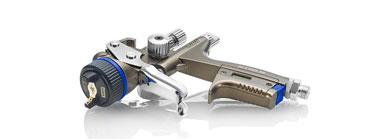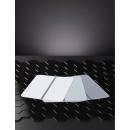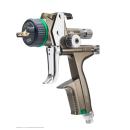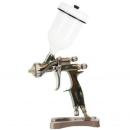How do you apply the different types of paint to your car or motorbike bodywork?
See the products concernedHow do I prepare my work area?
Making a Test cardboard
It's important to make a Test cardboard before applying paint to your bodywork. The Test cardboard will enable you to:
- Determine the number of coats your vehicle needs
- Help you choose the right colour to match the colour of your vehicle
- Inform you of the drying time for your car paint.
We advise you to sit in the same position as a vehicle to get the most realistic result possible:
Step 1 : Take 3 Test cardboards and place them vertically on a support to adjust the distance when applying the paint.
Step 2: Once your pads are dry, keep only the middle one.
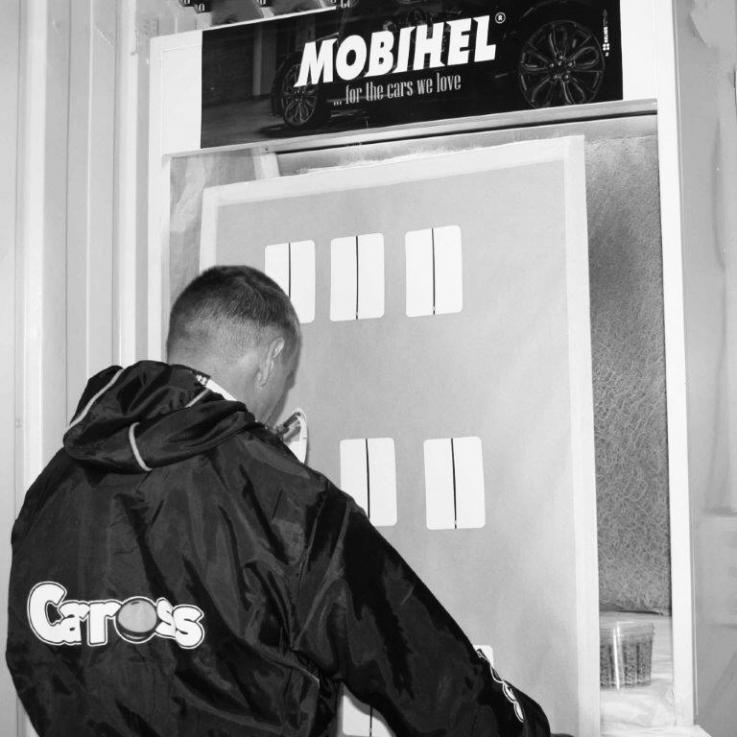
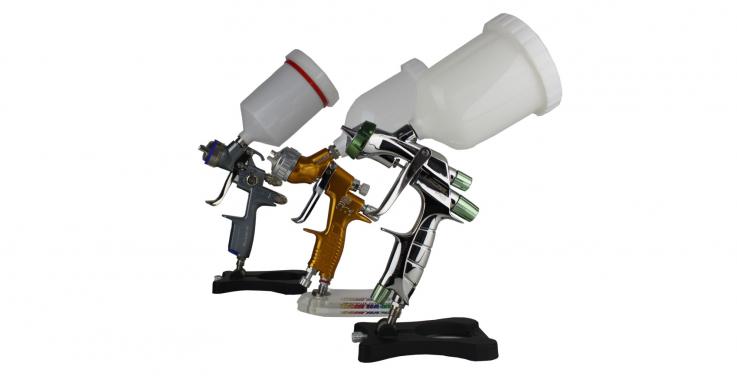
How do I apply my automotive or industrial paint to my car or motorbike?
Direct Gloss Car Paint
Step 1: After priming, get a spray gun and apply 2 coats of Direct Gloss to your car or motorbike.
Step 2 : Allow the paint to dry for 10 minutes between coats (this time may vary depending on the temperature at the place of application).
Step 3: The Direct Gloss Paint dries and tightens in 2 hours, and will be completely dry in 24 hours (this time may vary depending on the temperature at the place of application).
Waterborne or solvent-based matt paint for cars
Application of matte to gloss shades
Step 1: Using a paint spray gun, apply a first coat to your car or motorbike.
Step 2: Once the paint is completely dry, apply a second coat until you achieve the desired result.
Step 3: Leave to dry for 10 minutes at 20°C (this time may vary depending on the temperature at the place of application).
Application of metallic and/or pearlescent shades
Step 1: Using your Paint spray gun, apply a veil of depollution to your car or motorbike until you obtain an even, matt surface.
Step 2: Leave your first coat to dry, then apply a second coat directly to your car (a third for colours with little coverage).
Step 3: Once the first two coats have dried, apply a third coat (placement coat) but increase the distance between your paint gun and your car or motorbike.

1K Alkyde car paint
Step 1: Using your Paint gun, apply a coat of paint to the chosen surface. You can apply this type of Clearcoat as a single coat or two coats (i.e. covered with a clearcoat).
Step 2: This paint dries very quickly, so once the first coat is intact, apply the second coat, taking care to keep the same distance between your surface and your spray gun.
Step 3: Once the second coat is completely dry, you can clean the surface with a suitable cloth.
2K Epoxy Car Paint
Step 1: Using your spray gun, apply a first coat of your paint to the surface you want to paint.
Step 2: This type of paint dries very quickly as the solvent evaporates. It's a two-component paint, which means it's highly resistant to everyday wear and tear. Once the first coat is dry, apply the second.
Step 3 : Once the second coat is completely dry, its high Theoretical coverage will leave you with a clean, smooth finish. This is a type of paint known for its anti-corrosion properties, so it will last over time. ,
2K PU car paint
Step 1: Get a spray gun and apply the paint to your car or motorbike. This paint is ideal for touching up or working on all bodywork surfaces.
Step 2: Once the paint has been applied to the surface, it hardens automatically and dries very quickly.
Step 3: If you wish, apply a second coat and allow it to dry thoroughly between coats. Once it's completely dry, you'll have a perfect finish.
